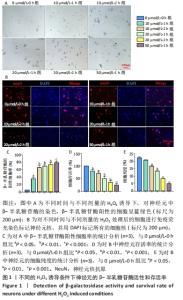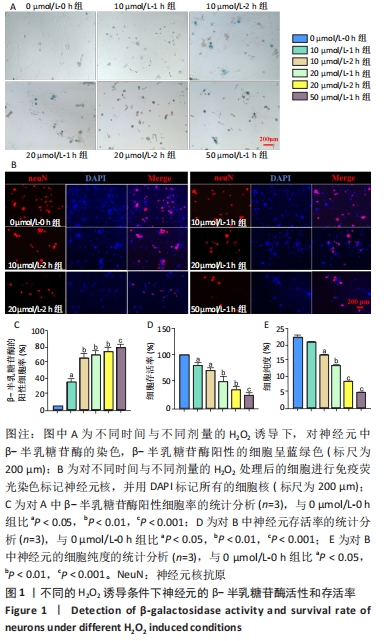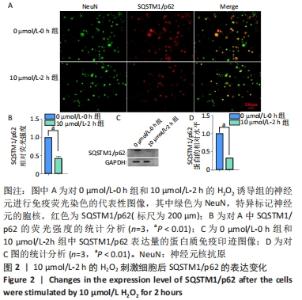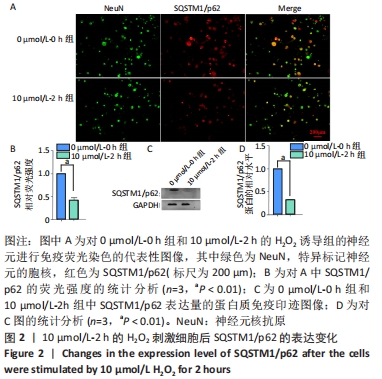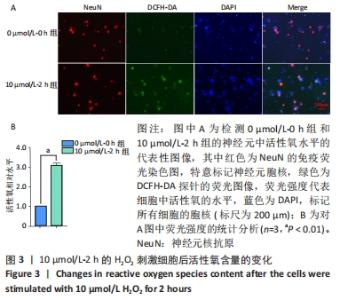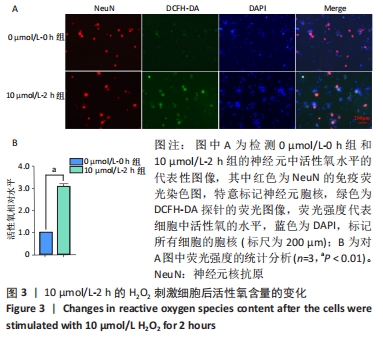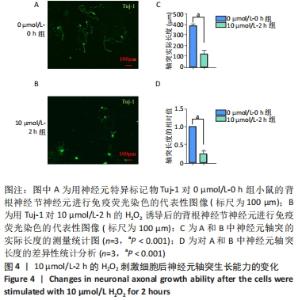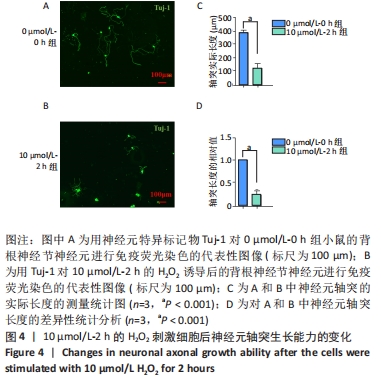[1] SI Z, SUN L, WANG X. Evidence and perspectives of cell senescence in neurodegenerative diseases. Biomed Pharmacother. 2021;137:111327.
[2] MAHER P. The Potential of Flavonoids for the Treatment of Neurodegenerative Diseases. Int J Mol Sci. 2019;20(12):3056.
[3] KATSUNO M, SAHASHI K, IGUCHI Y, et al.Preclinical progression of neurodegenerative diseases. Nagoya J Med Sci. 2018;80(3):289-298.
[4] SALES TA, PRANDI IG, CASTRO AA,et al.Recent Developments in Metal-Based Drugs and Chelating Agents for Neurodegenerative Diseases Treatments. Int J Mol Sci. 2019;20(8):1829.
[5] DE GIOIA R, BIELLA F, CITTERIO G, et al. Neural Stem Cell Transplantation for Neurodegenerative Diseases. Int J Mol Sci. 2020;21(9):3103.
[6] STAFF NP, JONES DT, SINGER W. Mesenchymal Stromal Cell Therapies for Neurodegenerative Diseases. Mayo Clin Proc. 2019;94(5):892-905.
[7] SUN J, ROY S.Gene-based therapies for neurodegenerative diseases. Nat Neurosci. 2021;24(3):297-311.
[8] SUDHAKAR V, RICHARDSON RM. Gene Therapy for Neurodegenerative Diseases. Neurotherapeutics. 2019;16(1):166-175.
[9] YANG MH, CHEN YA, TU SC, et al. Utilizing an Animal Model to Identify Brain Neurodegeneration-Related Biomarkers in Aging. Int J Mol Sci. 2021; 22(6):3278.
[10] KERR F, AUGUSTIN H, PIPER MD, et al. Dietary restriction delays aging, but not neuronal dysfunction, in Drosophila models of Alzheimer’s disease. Neurobiol Aging. 2011;32(11):1977-1989.
[11] KOSEL F, PELLEY JMS, FRANKLIN TB. Behavioural and psychological symptoms of dementia in mouse models of Alzheimer’s disease-related pathology.Neurosci Biobehav Rev. 2020;112:634-647.
[12] ZHU G, HARISCHANDRA DS, GHAISAS S, et al. TRIM11 Prevents and Reverses Protein Aggregation and Rescues a Mouse Model of Parkinson’s Disease. Cell Rep. 2020;33(9):108418.
[13] MORENO-BLAS D, GOROSTIETA-SALAS E, POMMER-ALBA A, et al. Cortical neurons develop a senescence-like phenotype promoted by dysfunctional autophagy. Aging (Albany NY). 2019;11(16):6175-6198.
[14] LIU B, KOU J, LI F, et al. Lemon essential oil ameliorates age-associated cognitive dysfunction via modulating hippocampal synaptic density and inhibiting acetylcholinesterase. Aging (Albany NY). 2020;12(9):8622-8639.
[15] GRANZOTTO A, BOMBA M, CASTELLI V, et al. Inhibition of de novo ceramide biosynthesis affects aging phenotype in an in vitro model of neuronal senescence. Aging (Albany NY). 2019;11(16):6336-6357.
[16] HILGENBERG LG, SMITH MA. Preparation of dissociated mouse cortical neuron cultures. J Vis Exp. 2007;(10):562.
[17] FACCI L, SKAPER SD. Culture of rodent cortical and hippocampal neurons. Methods Mol Biol. 2012;846:49-56.
[18] GIANDOMENICO SL, SUTCLIFFE M, LANCASTER MA. Generation and long-term culture of advanced cerebral organoids for studying later stages of neural development. Nat Protoc. 2021;16(2):579-602.
[19] NASCIMENTO AI, MAR FM, SOUSA MM. The intriguing nature of dorsal root ganglion neurons: Linking structure with polarity and function. Prog Neurobiol. 2018;168:86-103.
[20] LI Q, QIAN C, ZHOU FQ. Investigating Mammalian Axon Regeneration: In Vivo Electroporation of Adult Mouse Dorsal Root Ganglion. J Vis Exp. 2018;(139):58171.
[21] LIN YT, CHEN JC. Dorsal Root Ganglia Isolation and Primary Culture to Study Neurotransmitter Release. J Vis Exp. 2018;(140):57569.
[22] STEIN KT, MOON SJ, NGUYEN AN, et al. Kinetic modeling of H2O2 dynamics in the mitochondria of HeLa cells. PLoS Comput Biol. 2020;16(9):e1008202.
[23] COYLE CH, KADER KN. Mechanisms of H2O2-induced oxidative stress in endothelial cells exposed to physiologic shear stress. ASAIO J.2007;53(1):17-22.
[24] CHEN W, ZHU J, LIN F, et al. Human placenta mesenchymal stem cell-derived exosomes delay H(2)O(2)-induced aging in mouse cholangioids. Stem Cell Res Ther. 2021;12(1):201.
[25] XIAN F, HU X, HU XS, et al. DUSP facilitates RPMI8226 myeloma cell aging and inhibited TLR4 expression. Eur Rev Med Pharmacol Sci. 2018;22(18): 6030-6034.
[26] SALAZAR G, CULLEN A, HUANG J, et al. SQSTM1/p62 and PPARGC1A/PGC-1alpha at the interface of autophagy and vascular senescence. Autophagy. 2020;16(6):1092-1110.
[27] DAVALLI P, MITIC T, CAPORALI A, et al. ROS, Cell Senescence, and Novel Molecular Mechanisms in Aging and Age-Related Diseases. Oxid Med Cell Longev. 2016;2016:3565127.
[28] Cheng A, Hou Y, Mattson MP. Mitochondria and neuroplasticity. ASN Neuro. 2010;2(5):e00045.
[29] WANG K, ZHU QZ, MA XT, et al. SUV39H2/KMT1B Inhibits the cardiomyocyte senescence phenotype by down-regulating BTG2/PC3. Aging (Albany NY). 2021;13(18):22444-22458.
[30] KIM HJ, KIM B, BYUN HJ, et al. Resolvin D1 Suppresses H(2)O(2)-Induced Senescence in Fibroblasts by Inducing Autophagy through the miR-1299/ARG2/ARL1 Axis. Antioxidants (Basel). 2021;10(12):1924.
[31] GUO Y, CHAO L, CHAO J. Kallistatin attenuates endothelial senescence by modulating Let-7g-mediated miR-34a-SIRT1-eNOS pathway. J Cell Mol Med. 2018; 22(9):4387-4398.
[32] OSWALD MCW, GARNHAM N, SWEENEY ST, et al. Regulation of neuronal development and function by ROS. FEBS Lett. 2018;592(5):679-691.
[33] ANGELOVA PR, ABRAMOV AY. Abramov, Role of mitochondrial ROS in the brain: from physiology to neurodegeneration. FEBS Lett. 2018;592(5):692-702.
[34] SUTHERLAND TC, SEFIANI A, HORVAT D, et al. Age-Dependent Decline in Neuron Growth Potential and Mitochondria Functions in Cortical Neurons. Cells. 2021;29;10(7):1625.
[35] LUO Q, XIAN P, WANG T, et al. Antioxidant activity of mesenchymal stem cell-derived extracellular vesicles restores hippocampal neurons following seizure damage. Theranostics. 2021;11(12):5986-6005.
|
